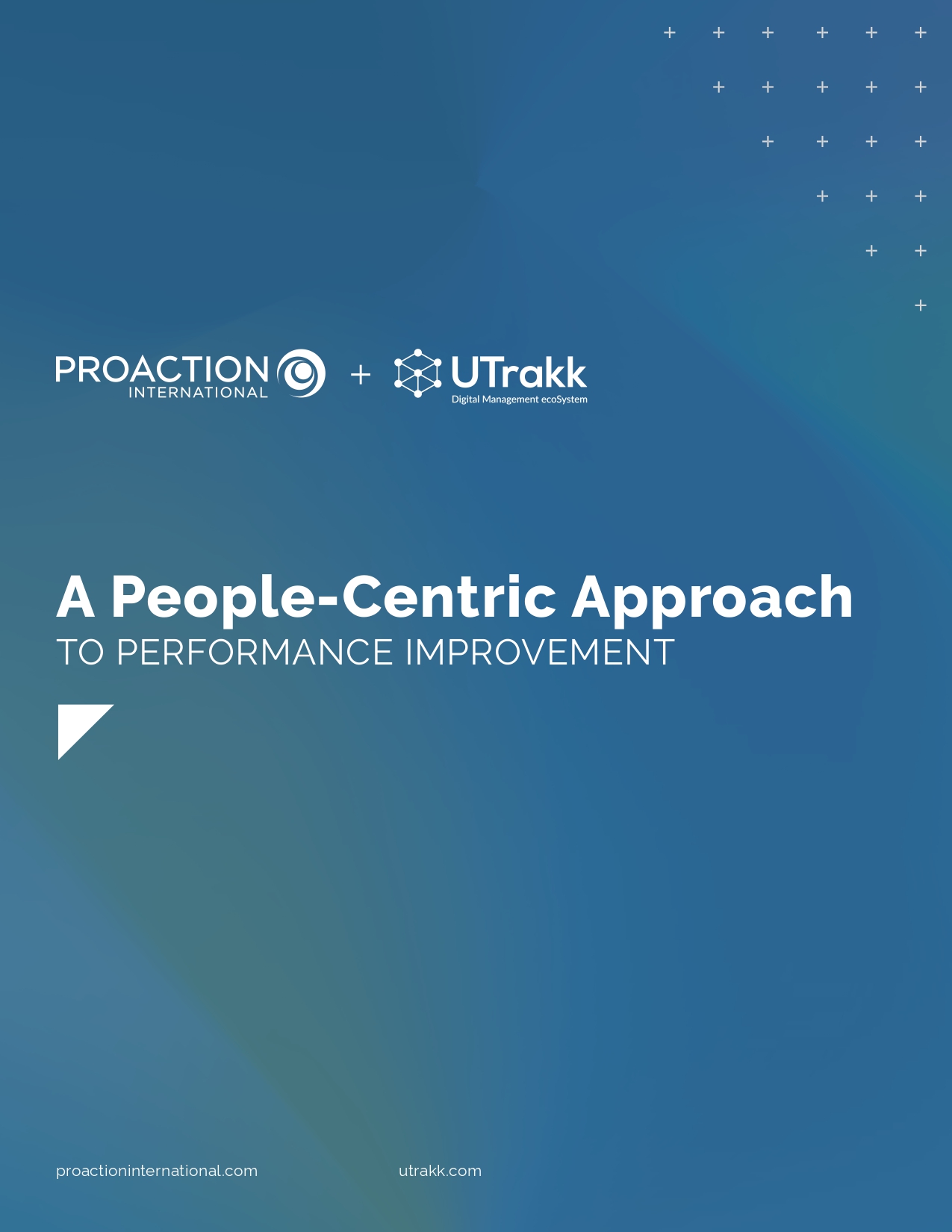What is Lean Management?
Lean Management originates from the Toyota Production System (TPS) developed in Japan after World War II. Faced with limited resources, Toyota had to rethink its core work processes to produce efficiently, with as little waste as possible – a mindset that later inspired what’s called “lean thinking”.
In the late 1980s, researchers at MIT in the United States popularized the term “lean” to describe a lean, agile, and customer-focused management style. The methodology itself was formalized in 2001 in the Toyota Way 2001.
Lean Management is an approach to management that aims to optimize processes to maximize customer value and eliminate waste. In other words, it’s about creating more value with fewer resources.
Lean is based on continuous improvement, team involvement, and the intelligent standardization of operations. It can evolve and adapt to different manufacturing realities.
The difference between Lean Management and Lean Manufacturing
Lean Manufacturing generally refers to the practical application of Lean principles in production workshops. It’s essentially the “on-the-floor” version of Lean.
Lean Management is broader. It encompasses all Lean concepts used in production, support functions, and strategic management (HR, purchasing, finance, product development, customer service, etc.).
The five Lean principles
Lean Management is based on five principles that contribute to the sustainable transformation of manufacturing operations. Let’s explore each of these principles to better understand how they drive efficiency, employee engagement, and continuous improvement.

1. Identify value
The first step starts with a tough but straightforward question: “What is value, and who defines it?” For Lean companies, value refers to any customer requirements, that is what they are willing to pay for. The end-customer determines (identifies) what value is.
Then, organizations can align production processes and resources to create what’s important for the customer. In this equation, waste, delays, and rework only consume resources; they do not add value and therefore must be eliminated.
How to apply this principle in your plant
By understanding customer needs and aligning work processes with what truly matters to them. This involves listening, market feedback, and close team collaboration. Once value is clearly identified, it becomes the cornerstone of all operational decisions.
2. Map the value stream
After value has been defined, companies must visualize all the steps in its flow, from raw materials to final delivery – this is called “value stream mapping.” It helps outline where value-creating steps occur and remove unnecessary ones to create flow that’s smooth and efficient.
How to apply this principle in your plant
By analyzing each step of the production process and distinguishing between value-added and non-value-added activities. This highlights inefficiencies – unnecessary handling, waiting time, repetitive actions, etc. – and provides a clear starting point for eliminating pure waste. Value stream mapping isn’t just about drawing a diagram; it's a shared understanding of how work gets done.
3. Create flow
This third principle ensures that value flows smoothly and continuously through the production process, from start to finish. This creates a smooth flow, or continuous flow, where bottlenecks, delays, or interruptions have no place.
How to apply this principle in your plant
By rethinking processes, simplifying handoffs, and ensuring that each process step is smoothly connected to the next. It can involve layout changes, new team line ups, or redesigned workflows.
4. Establish pull
Instead of producing “just in case,” Lean organizations produce only when there is actual demand – a principle known as “pull system.”
Pull systems shift the focus from forecasting to reacting precisely and efficiently to what the customer needs – when they need it. This reduces overproduction, lowers inventory costs, and improves responsiveness.
How to apply this principle in your plant
Replacing push-based mechanisms with pull systems such as Kanban, and synchronizing production with real-time customer demand.
5. Seek perfection
The fifth step isn’t a destination but a mindset: continuous improvement. In Lean, perfection is never fully achieved but always pursued. Every process, however well-designed, can still be refined and every team, however effective, can still learn.
Successfully implementing Lean requires patience, discipline, and long-term commitment to continuous improvement.
How to apply this principle in your plant
By incorporating a Kaizen culture, encouraging experimentation, and empowering employees to identify opportunities for progress.
Seeking perfection means developing systems that evolve, adapt, and grow stronger over time – driven by data and people.
Key tools of Lean Management
5S
The 5S methodology allows organizations to create a well-organized, more productive, and safer work environment through these five steps – Sort, Set in order, Shine, Standardize, and Sustain.
A fundamental aspect of Lean Management, implementing 5S helps eliminate waste and improve efficiency.
Six Sigma
Six Sigma is a strategic model designed to help companies continuously improve by reducing errors and defects.
This complementary approach to Lean, also called Lean Six Sigma methodology, seeks to reduce waste and rework, and eliminate deviations that compromise final product or service quality.
Kaizen
Considered both a continuous improvement philosophy and a management approach, Kaizen asserts that small, concrete, simple, and incremental changes can lead to significant and lasting quality, productivity, and efficiency improvements.
This methodology solves problems as they arise and creates a culture of innovation and collective accountability. Every employee is encouraged to contribute to process optimization.
PDCA
The PDCA cycle (Plan-Do-Check-Act) is a systematic and iterative approach to quality control and process improvement. It reinforces the power of Lean by providing a framework for planning, executing, evaluating, and constantly adjusting operations.
The role of company culture in Lean Management
Lean is profoundly human; as such, it requires a company culture based on trust, transparency, and constant self-improvement.
Why is culture so important? Because principles and tools are not enough if behaviors don't change. Continuous improvement cannot be driven solely by a few experts or managed from an office – it must be reflected every day in the actions of operators and the decisions of supervisors.
Company culture transforms Lean tools into concrete results. Otherwise, the approach remains superficial and doesn’t last long.
How to develop a Lean culture
-
Exemplary management: It all starts with shared leadership. A manager who practices Gemba Walks, actively listens to their teams, and values continuous improvement leads the way, encouraging others to act as leaders.
-
Recognition of efforts: Recognizing initiatives and progress, however modest, strengthens worker satisfaction, engagement, and shared pride around progress made.
-
Training and upskilling: Understanding Lean principles, mastering Lean practices, and tools, and knowing how to solve problems at the root can all be learned. A Lean culture requires trained and skilled teams.
-
A Daily Management System (DMS): A DMS structures day-to-day Lean operations management through regular rituals (meetings, floor tours, committees, etc.), management of corrective actions and improvement projects, operational dashboards, and much more. It helps address gaps in real time and anchors improvement in teams’ daily work.
-
Trust and the right to make mistakes: A Lean culture recognizes that mistakes are part of learning. Rather than blaming, it seeks to understand. This approach encourages open discussion, encourages information sharing, and fosters creativity and innovation.
Building operational excellence one step at a time
Lean Management isn't about applying tools or improving a process. It's about thinking differently, and transforming ways of working, managing, and collaborating. In manufacturing, applying these five Lean principles eliminates friction and connects operational objectives to clear actions to get results that are shared and celebrated by everyone.
If you were expecting immediate success, move along. Lean focuses on continuous transformation rooted in the reality of the shop floor. Gradual adjustments, thoughtful choices, and daily discipline enable consistent optimization of manufacturing processes.
As Lean principles are embedded into work practices, the entire organization becomes more agile, more reliable, and more efficient – that is better prepared to achieve operational excellence.









